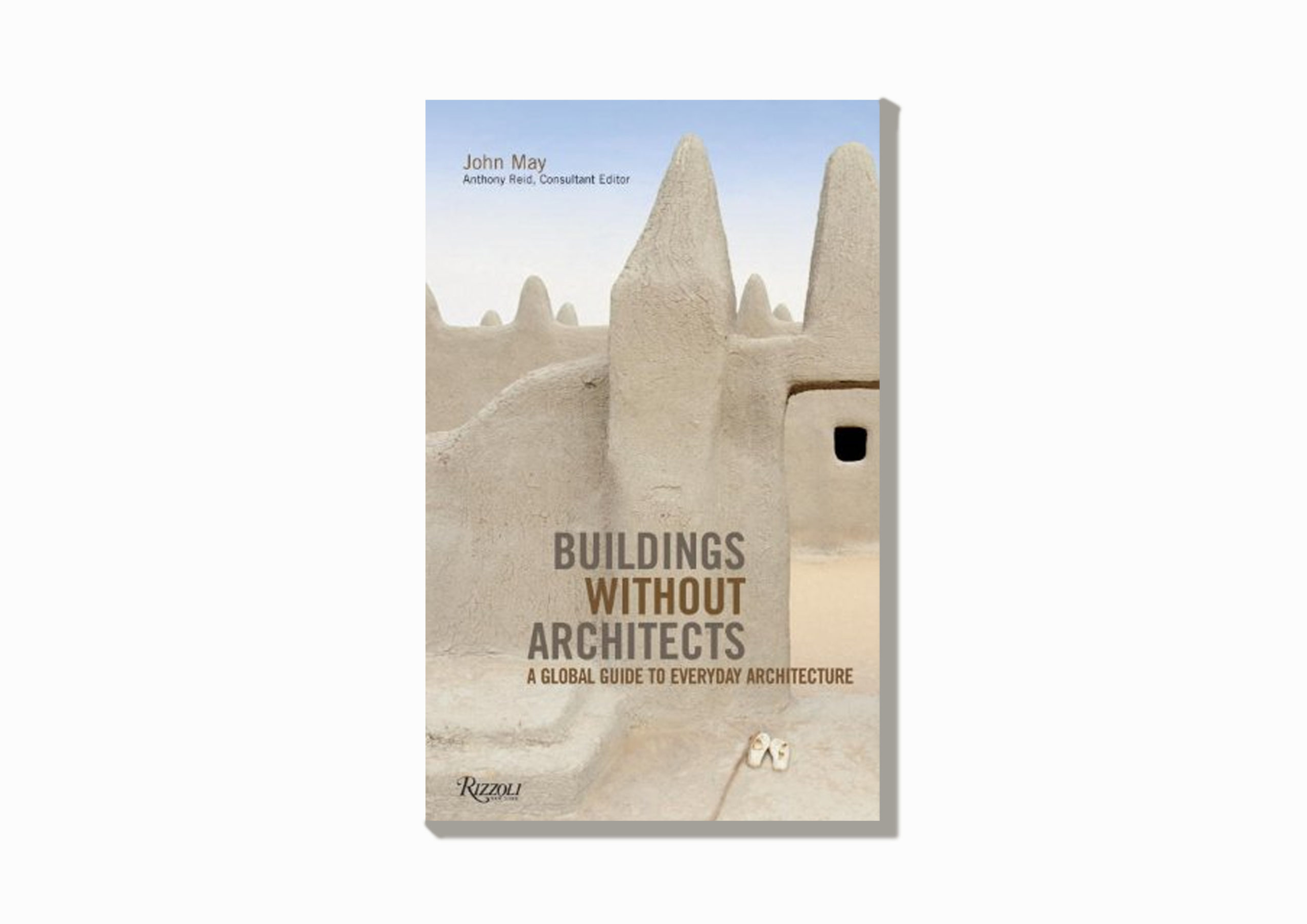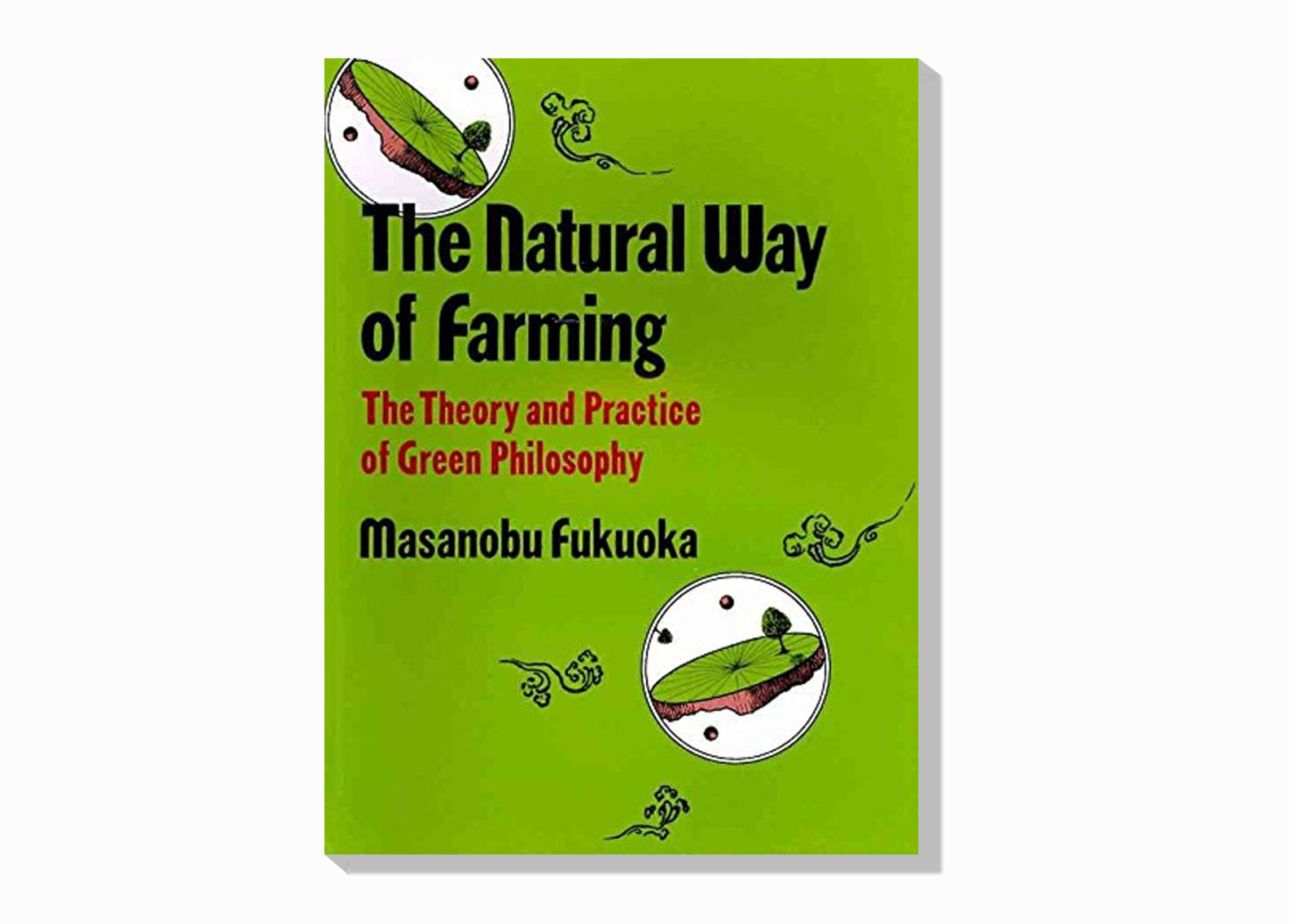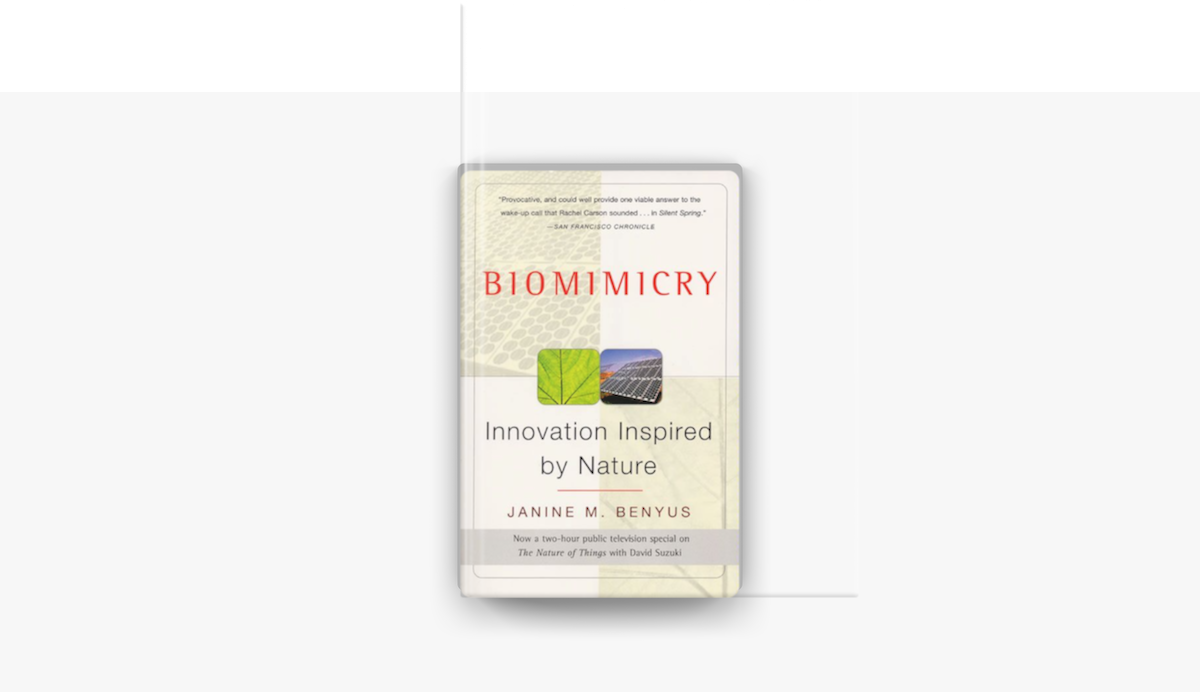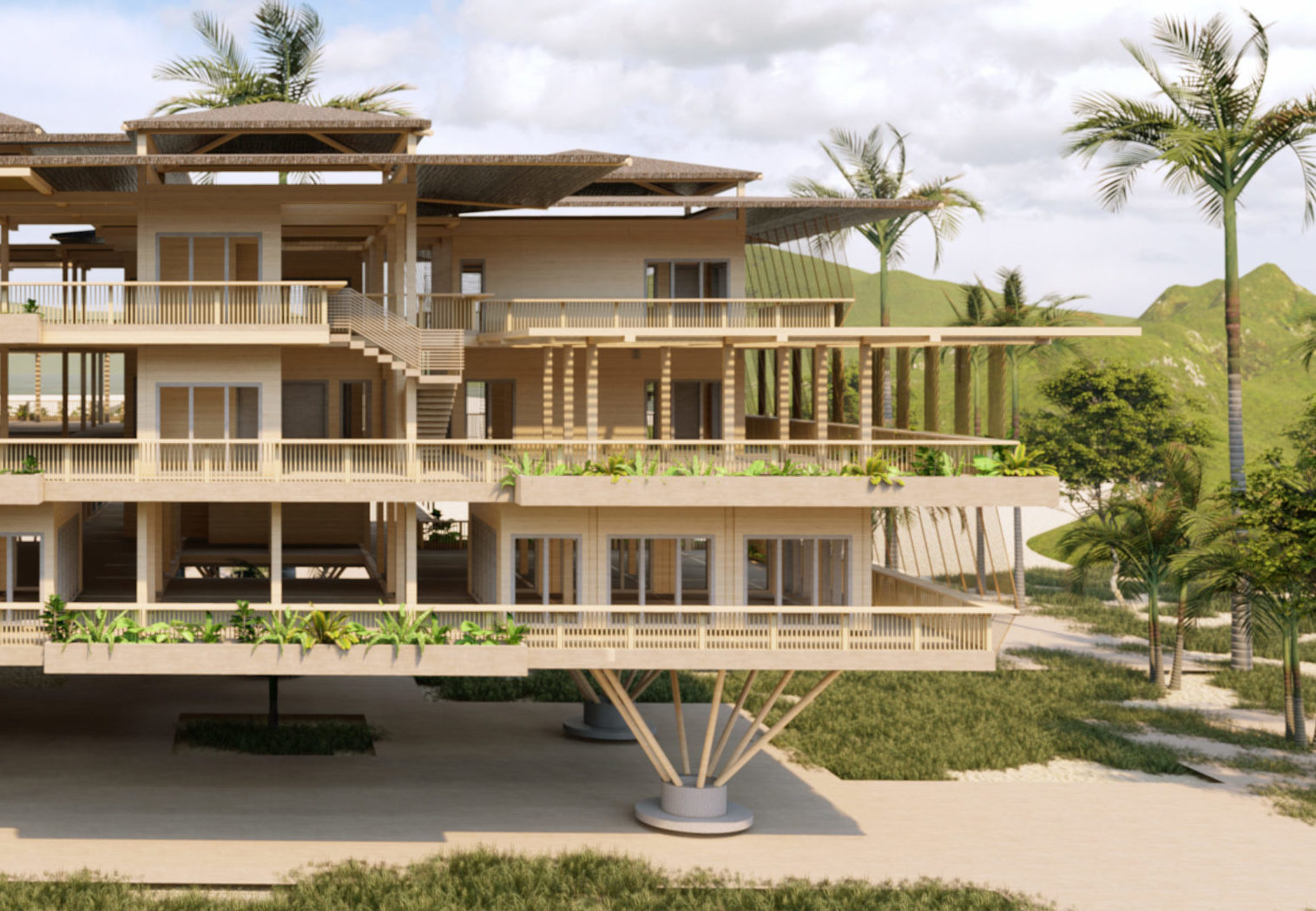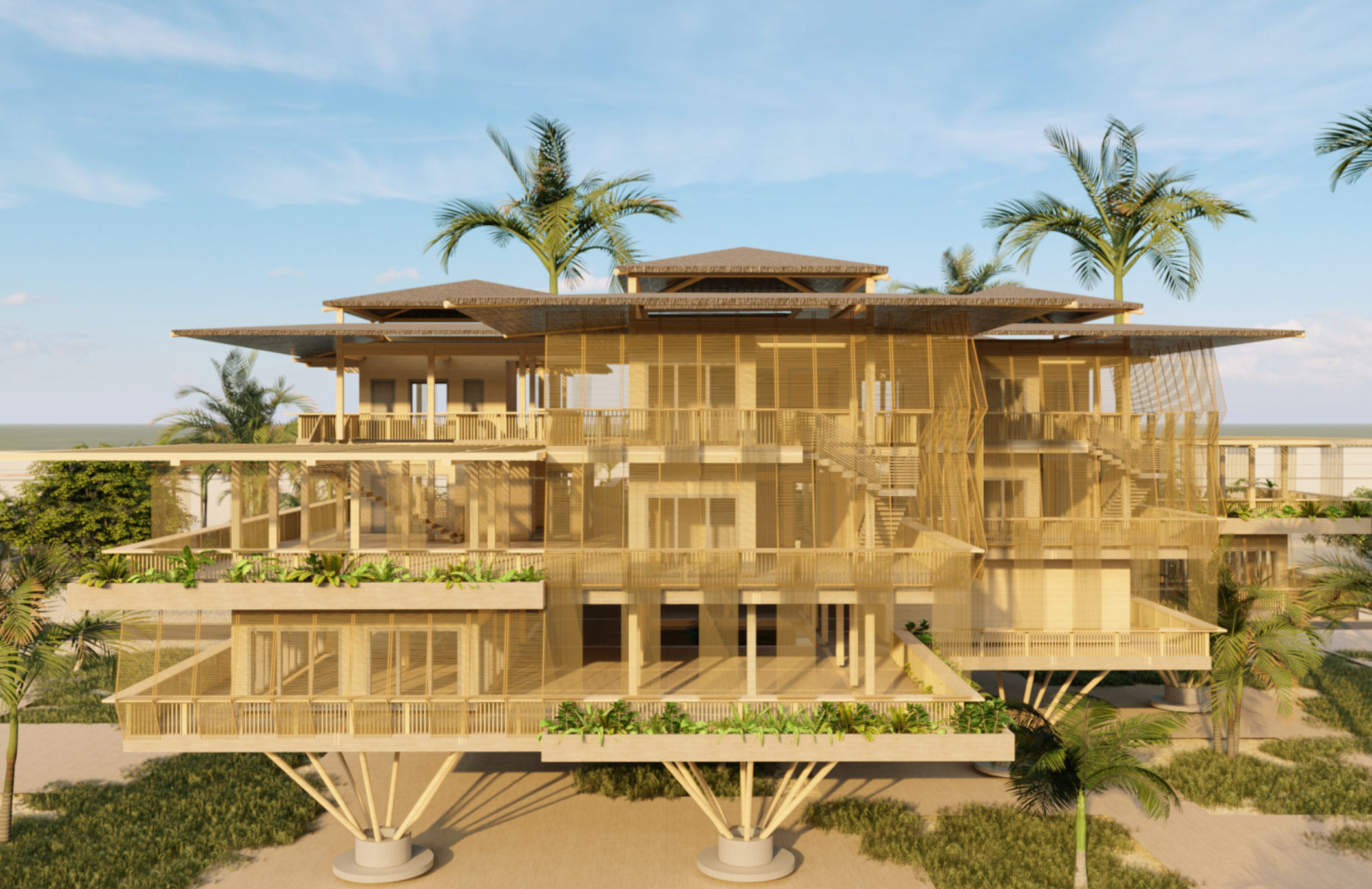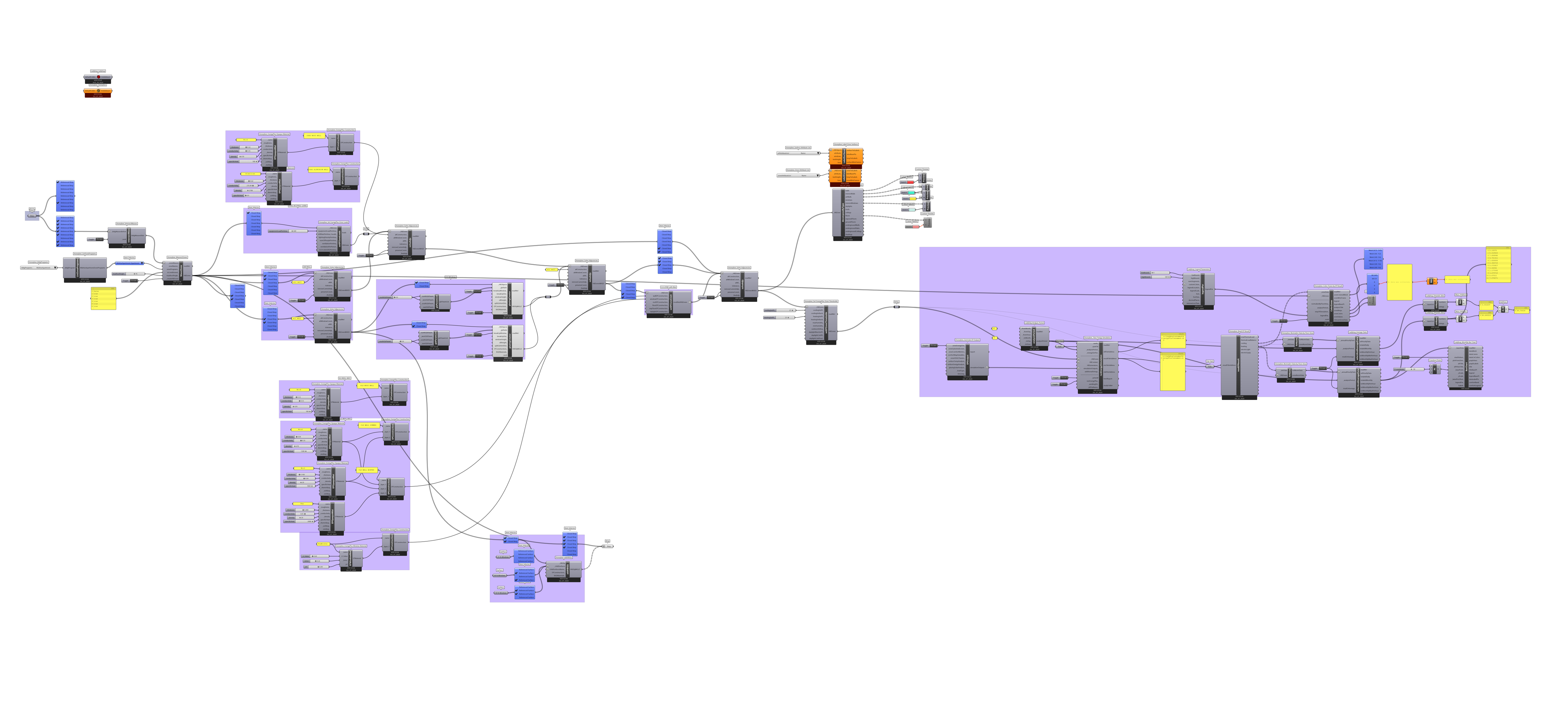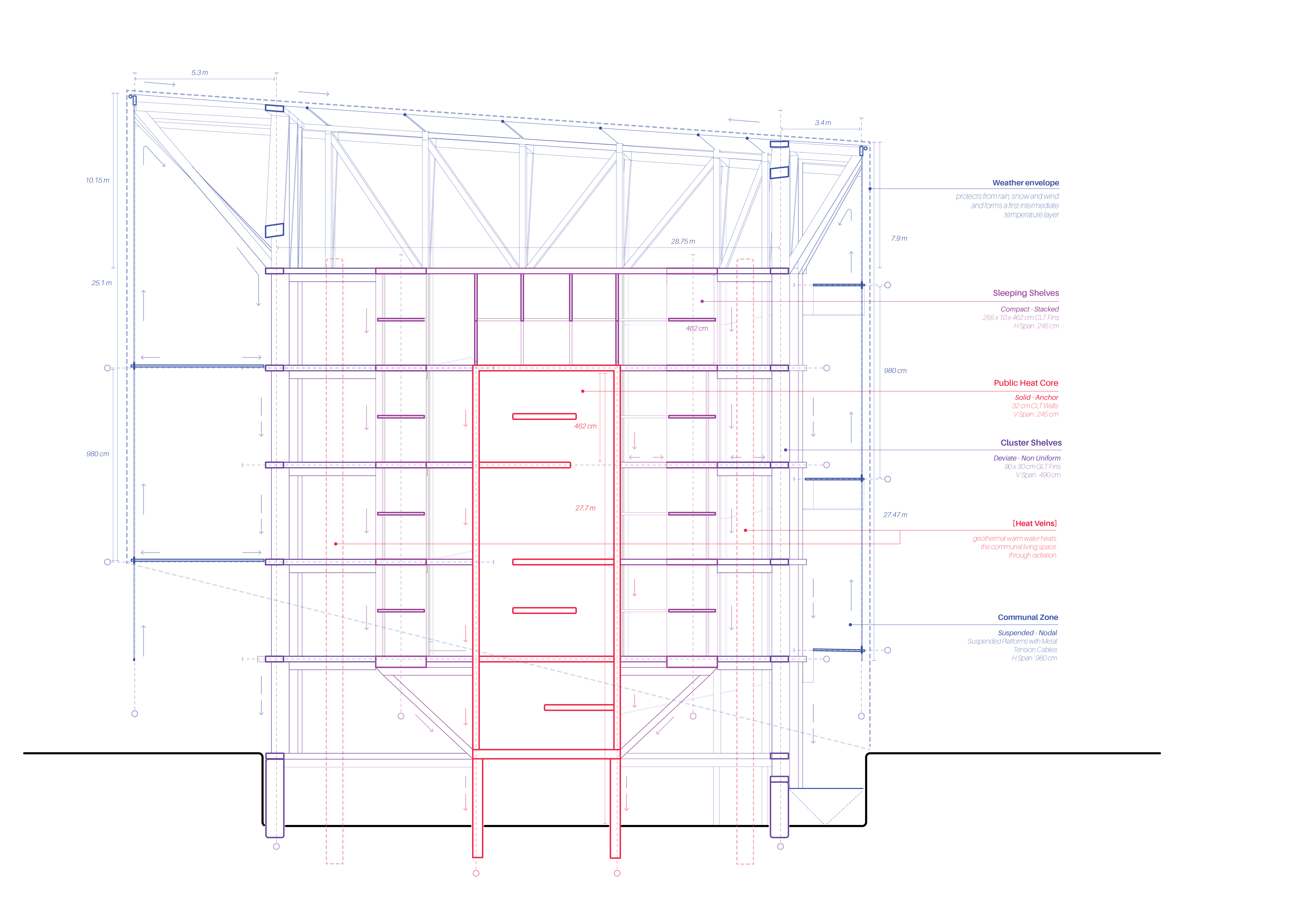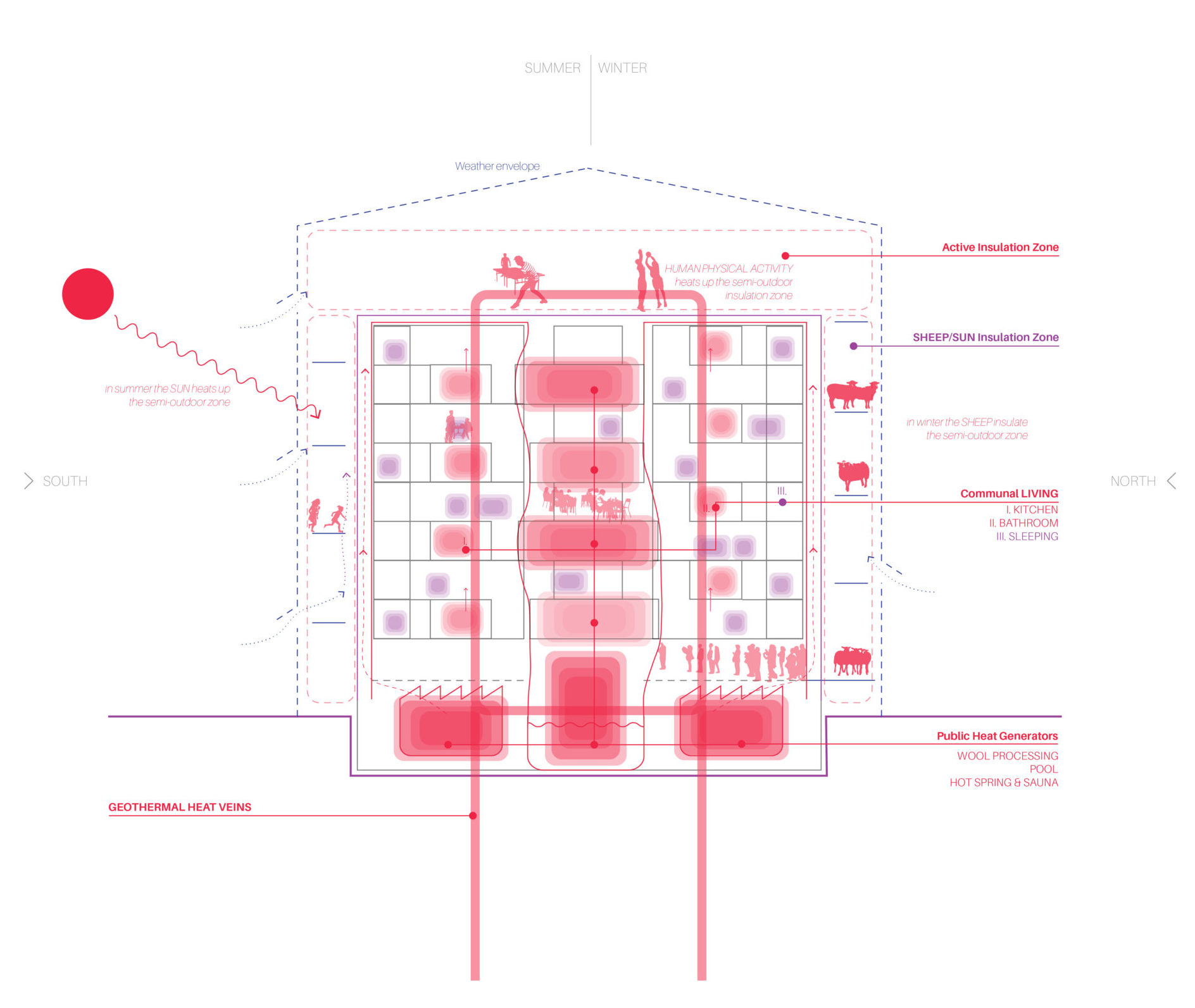Tabrizian Tapestry: Ecosystemic Structures
We believe in creating structures that not only meet functional requirements, but also celebrate and pay homage to local architectural traditions. With this in mind, we have taken inspiration from the iconic domes of Iran and integrated them into our design. Our building incorporates a unique bazaar on the ground floor, featuring a series of … Read more


